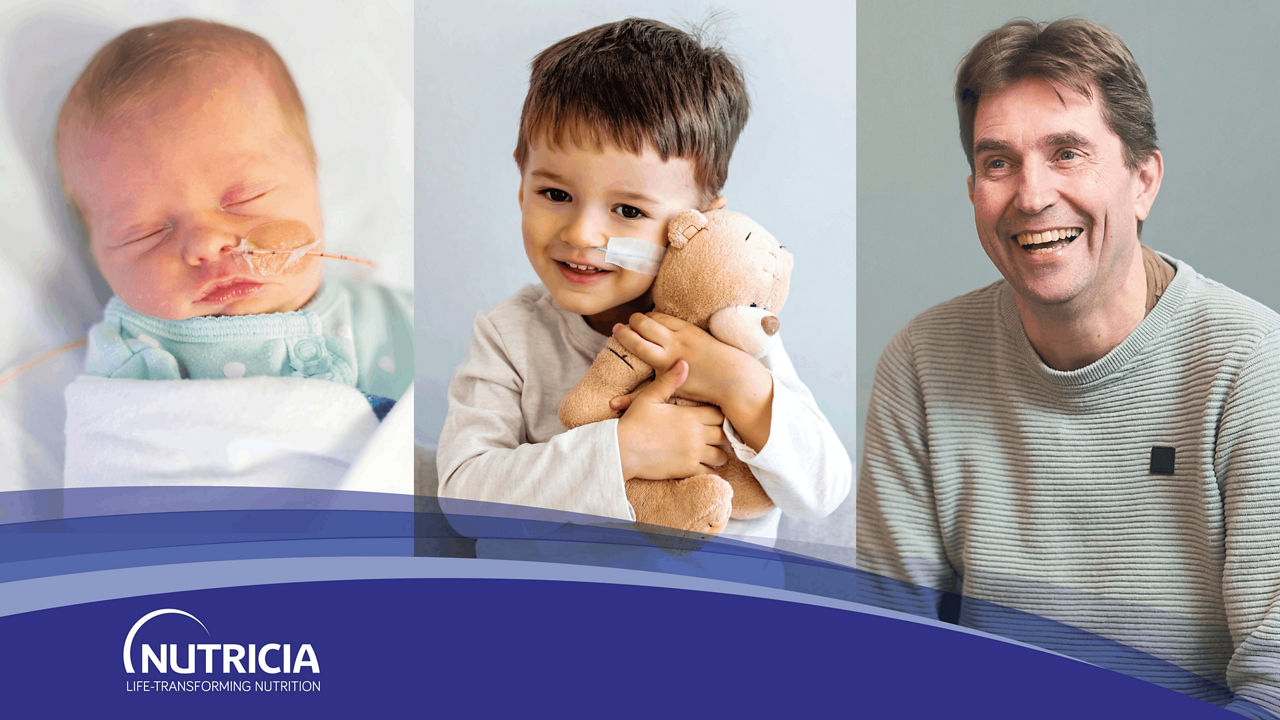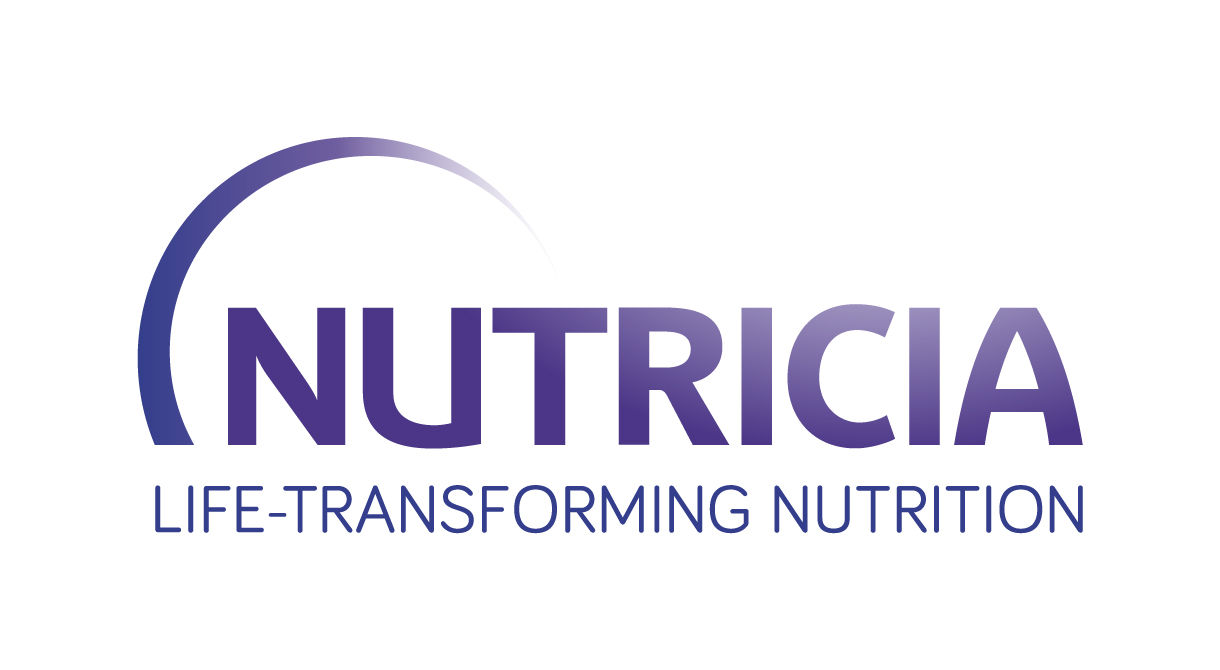Around 1 in 10 infants are born prematurely1 – that’s 15 million infants worldwide, each year. Preterm babies (born at or before 37 weeks of pregnancy) are particularly vulnerable as most weight gain occurs between 36 and 40 weeks of pregnancy.
Lilith’s story
“Lilith was born at 27 weeks – too early to be born. She weighed just 2 pounds 8 ounces. She was really tiny and very poorly. We didn’t know if she was going to make it so we tried not to think too far in advance; the doctor told us to take it hour by hour. She was tube fed. The more milk she had, the stronger she got, you could see she was thriving.
She was putting on weight every day, eventually becoming chubby, like a term-born baby! The moment we brought her home, we knew it was going to be OK, that we were going to keep her.”
The doctor told us to take it hour by hour.. The moment we brought her home, we knew it was going to be ok, that we were going to keep her.”
Lilith’s mum - UK
Preterm infants miss a crucial period intrauterine growth
Globally, around 15 million infants are born prematurely each year [1].
Children born prematurely miss this important window of development in the womb (in utero). They face the challenge of completing this development in an extrauterine (out of utero) environment.
These infants are at high risk of health complications, both in the short and long term. Achieving catch-up growth is, therefore, one of the main priorities for those caring for preterm infants.
The combination of depleted nutrient stores1-3 together with a less developed digestive system that can only take a small volume of food, means preterm infants often require immediate, individualized nutritional care to meet their needs both for growth and for future health.
Related articles

The role of nutrition in preterm infants
Human milk is the preferred choice of nutrition for preterm infants. However, in a significant proportion of preterm infants, human milk alone is not enough to meet their increased nutritional requirements because the nutritional demands of preterm infants are much higher. Fortifying human milk is common practice by healthcare professionals as that way, the immunity and other benefits of human milk are still retained and adequate growth is supported.
Nutrition also makes an important contribution to helping the developing immune system of preterm infants. With 70% to 80%4 of immune cells located in the gut, ensuring the development of a healthy, balanced gut microbiota during the early weeks and months of life is vital as preterm infants are more susceptible to infections compared with full-term babies. Human milk contains natural prebiotics that supports this developmen5-8.

Nutricia's role in preterm
Nutricia has over 50 years of experience in preterm nutrition. We strongly believe that the right nutrition during the earliest stages of life can have a positive impact on a preterm infant’s chances of survival.
We use human milk as the gold standard for our innovations and are proud of the major steps we’ve made in understanding its composition and benefits.
This means preterm infants who cannot be human milk fed, or for whom human milk is not enough, can still benefit from optimal nutrition.
Danone Nutricia Research created scGOS/lcFOS (9:1), a unique mixture of prebiotic oligosaccharides, mimicking the molecular distribution of oligosaccharides in human milk. Our pioneering research has also helped us better understand the role and profile of nutrients in human milk from mothers with term and preterm infants.
After 40 years of breast milk research, we are only just beginning to understand its unique complexities. We are proud of the continuing research carried out by our scientists who each day work hard to develop nutritional solutions that can help the most vulnerable preterm infants.
For healthcare professionals only

Premature infants healthcare professionals pages
The Healthcare professionals pages provide access to a range of articles and resources related to Premature infants care, including clinical guidelines and detailed product information. The pages are for healthcare professionals only.
- Howson, et al (Eds.). Born Too Soon: The Global Action Report on Preterm Birth. 2012. World Health Organisation. Geneva, Switzerland.
- Klein, C. J. 2002, Nutrient requirements for preterm infant formulas. Journal of Nutrition 132(6 Suppl 1): 1395S-1577S
- Agostoni, C., G. Buonocore, V. P. Carnielli, M. et al., 2010 Enteral nutrient supply for preterm infants: Commentary from the European Society of Paediatric Gastroenterology, Hepatology and Nutrition Committee on Nutrition. Journal of Pediatric Gastroenterology and Nutrition, 50(1): 85-91.
- West CE, et al. J Allergy Clin Immunol, 2015 Jan;135(1):3-13.
- Stahl et al. 1994. Analyt. Biochemical 223:218-226.
- Brand-Miller J. et al., J Pediatr, 1998, 133:95-98.
- György P. et al, Eur J Biochem, 1974, 43:29.
- RoberfroidM. et al.: Br J Nutr. 2010; 104:S1-63.
Are you a healthcare professional or (carer of) a diagnosed patient?
The product information for this area of specialization is intended for healthcare professionals or (carers of) diagnosed patients only, as these products are for use under healthcare professional supervision.
Please click ‘Yes’ if you are a healthcare professional or (carer of) a diagnosed patient, or ‘No’ to be taken to a full list of our products.
The information on this page is intended for healthcare professionals only.
If you aren't a healthcare professional, you can visit the page with general information, by clicking 'I'm not a healthcare professional' below.




